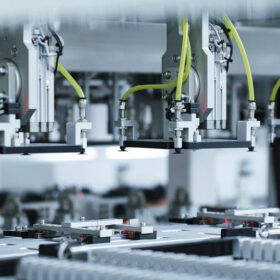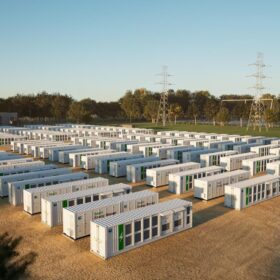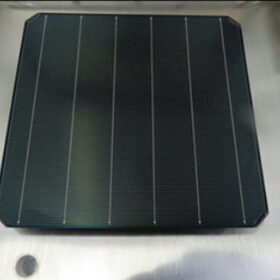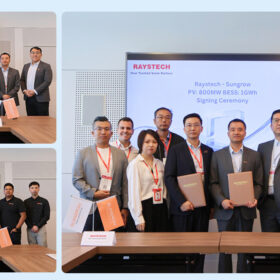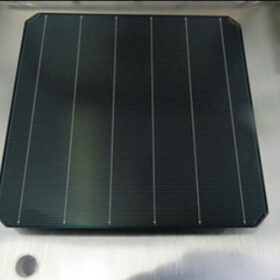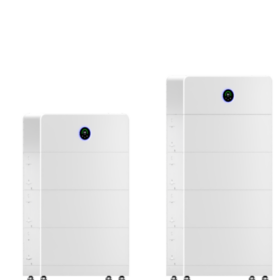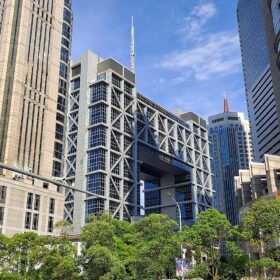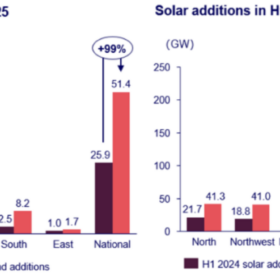JinkoSolar achieves world record efficiency of 27.79% for TOPCon solar cell
The Chinese manufacturer says Germany’s Institute for Solar Energy Research Hamelin (ISFH) has independently verified the result.
ChasingLight Technology launches indoor organic PV modules
The China-based organic photovoltaics manufacturer has launched a line of indoor PV modules suitable for integration into digital office products and electronic devices.
Chinese manufacturers surge ahead in Australia’s battery storage market
About 10 GWh of battery energy storage supply deals were announced at or following All Energy, further contributing to the already rapidly growing market share of Chinese manufacturers in Australia.
Longi reveals details of world’s most efficient silicon solar cell
In a new scientific paper, the Chinese solar manufacturer explained that the 27.81%-efficient hybrid interdigitated back-contact cell it unveiled in April is based on passivated tunneling contacts and dielectric passivation layers, while also incorporating both n-type and p-type contacts.
Raystech to supply 1 GWh of Sungrow battery energy storage systems in 2026
At All Energy 2025, Sungrow inked deals with three Australian energy wholesale and distribution companies, Raystech Group, Supply Partners and Tradezone, marking a pivotal milestone in Sungrow’s efforts to accelerate Australia’s clean energy transition.
Longi reveals details of world’s most efficient silicon solar cell
In a new scientific paper, the Chinese solar manufacturer explained that the 27.81%-efficient hybrid interdigitated back-contact cell it unveiled in April is based on passivated tunnelling contacts and dielectric passivation layers, while also incorporating both n-type and p-type contacts.
GoodWe releases new residential all-in-one storage solution
The Chinese company says that its new ESA series is available with a hybrid inverter ranging from 3 kW to 10 kW and storage capacities of 5 kWh to 48 kWh. The IP66-rated product supports an MPPT current of up to 20 A on the PV side and allows 200% PV oversizing, according to the manufacturer.
Chinese PV Industry Brief: Major solar manufacturers report steep Q3 losses
Longi Green Energy, JinkoSolar, and JA Solar each posted significant third-quarter losses amid continued price declines and high inventory levels, raising concerns among analysts about oversupply and margin pressure across the PV supply chain.
5B signs module supply agreement for 100MW+ project in Western Australia
Australian solar innovator 5B Maverick has signed a landmark module supply agreement with JA Solary for over 100 MW of JA Solar’s DeepBlue 4.0 Pro modules for a large-scale solar project in Western Australia.
China’s new auction system drives steep solar price declines
Wood Mackenzie says first provincial auctions under China’s new pricing rules pushed solar bids up to 32% below settlement, signaling tighter margins and a shift to slower, more sustainable growth.
